Commercial roofing presents unique challenges due to building size, uses, and interior environments. Effective solutions require understanding specific needs, focusing on water drainage, energy efficiency, and insulation. Popular materials include asphalt shingles, metal roofing, and flat roof systems with waterproof membranes. Regular maintenance extends lifespan and enhances energy efficiency. Replacing roofs when damaged or outdated is crucial for structural integrity and cost savings. Choosing reputable contractors with experience in diverse roofing types ensures quality service. Modern technologies offer enhanced durability, energy efficiency, and smart connectivity. Prioritizing environmental sustainability through eco-friendly materials reduces ecological impact. Commercial roofing solutions provide long-term savings and improved sustainability.
Roofing is a crucial aspect of commercial building maintenance, offering protection from the elements and contributing to energy efficiency. This article delves into the comprehensive guide for business owners seeking top-notch commercial roofing solutions. From understanding unique roofing needs to exploring cutting-edge technologies, we cover it all. Discover the benefits of regular maintenance, learn when to replace your roof, and find out how to choose the right contractor. Additionally, we explore environmental considerations and long-term savings, empowering you to make informed decisions for your commercial property’s rooftop.
Understanding Commercial Roofing Needs
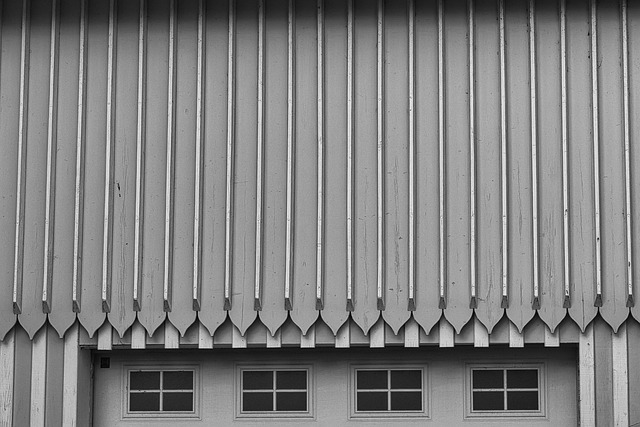
Commercial buildings present unique roofing challenges due to their size, complexity, and diverse uses. Understanding these specific needs is crucial for providing effective commercial roofing solutions. These structures often house a variety of interior environments, from office spaces to warehouses, each with distinct requirements for protection against the elements.
For instance, flat roofs in commercial buildings require careful consideration for water drainage systems to prevent damage from pooling. Additionally, energy efficiency and insulation are essential to maintain indoor comfort and reduce operational costs. Choosing the right materials and designs that cater to these varied demands is key to ensuring longevity, structural integrity, and optimal performance for each unique commercial roofing project.
Types of Roof Materials for Commercial Buildings

When considering roof replacement for commercial buildings, the choice of materials plays a pivotal role in determining the durability, aesthetics, and energy efficiency of the structure. Commercial roofing solutions offer a diverse range of options catering to various architectural styles, climate conditions, and budget constraints. Among the popular choices are asphalt shingles, known for their affordability and ease of installation, making them a common selection for low-sloped roofs. On the other hand, metal roofing has gained prominence due to its superior strength, longevity, and ability to withstand harsh weather conditions, an ideal commercial roofing solution for more demanding environments.
Additionally, flat roof systems often utilize waterproof membranes, such as EPDM (Ethylene Propylene Diene Monomer) or TPO (Thermoplastic Olifin), offering excellent protection against leaks and providing a seamless, low-maintenance finish. For energy-efficient buildings, reflective coatings on metal or concrete tiles can significantly reduce heat absorption, thereby lowering cooling costs. These diverse materials and their applications highlight the multifaceted approach to commercial roofing, ensuring structures are not only functional but also visually appealing and sustainable.
Assessing Your Current Commercial Roof

When considering roof replacement for your commercial building, the first step is a thorough assessment of your current roofing system. This involves evaluating several key factors to determine the best course of action. Commercial roofing solutions vary greatly depending on the age, style, and structural integrity of your structure. Inspecting for signs of damage, leaks, or wear and tear is essential. Additionally, understanding the type of roof you have—flat, pitched, or metal—will influence the replacement options available to you.
During this assessment, consider climate conditions specific to your region as they impact roofing materials and longevity. Weather patterns, temperature fluctuations, and UV exposure all play a role in the health of your roof. A professional evaluation will also help identify any underlying issues that could void warranties or lead to further complications down the line. By thoroughly assessing your current commercial roof, you can make an informed decision about the most suitable replacement strategy for your property.
The Benefits of Regular Maintenance
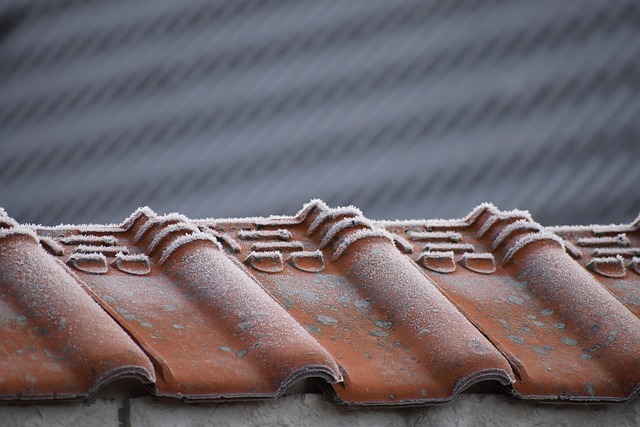
Regular maintenance plays a pivotal role in extending the lifespan of commercial roofing solutions, ensuring structural integrity, and enhancing energy efficiency. By scheduling routine inspections and timely repairs, building owners can prevent costly emergences and prolong the investment in their roofs. Commercial roofing systems, exposed to harsh weather conditions and heavy loads, require proactive care.
During maintenance checks, professionals can identify minor issues like loose shingles, flashing damage, or moisture intrusion early on. Addressing these problems promptly prevents escalation, reducing the risk of roof failure and related structural damages. Moreover, regular maintenance contributes to energy conservation by sealing air leaks and improving insulation, thereby lowering heating and cooling expenses for commercial buildings.
When to Consider a Roof Replacement
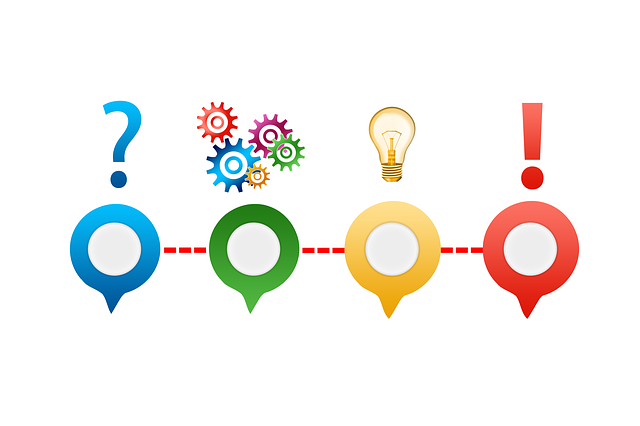
Many commercial building owners often wonder when it’s time to consider roof replacement for their properties. While a roof’s lifespan varies depending on factors like material, climate, and maintenance history, there are several signs that indicate a need for professional commercial roofing solutions. One of the most obvious indicators is visible damage, such as leaks, missing or damaged shingles, or significant cracks. If these issues are left unaddressed, they can lead to further complications, including structural damage and mold growth, which can have serious implications for both the building’s integrity and the health of its occupants.
Regular inspections are crucial in determining the condition of a roof. Over time, commercial roofs may show signs of aging, such as decreased flexibility, reduced insulation efficiency, or increased noise during inclement weather. Additionally, changes in a building’s structure or additions can necessitate an upgrade to better-performing roofing systems that align with modern safety and energy standards. When considering roof replacement, consulting with experienced professionals who offer commercial roofing solutions is essential for making informed decisions based on the unique needs of each property.
Choosing the Right roofing Contractor
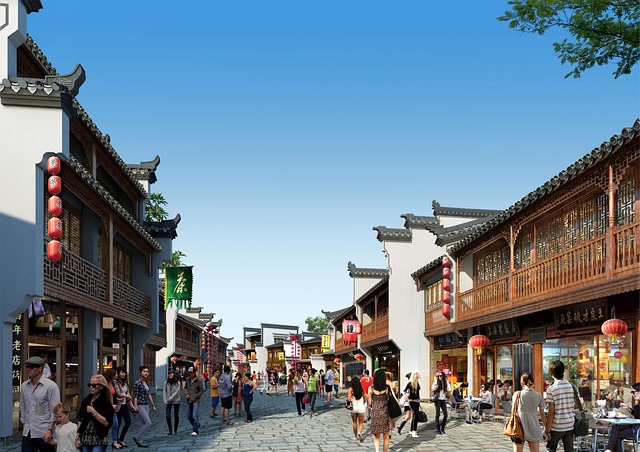
When considering roof replacement for your commercial building, selecting the right roofing contractor is paramount. It’s not just about finding someone with the necessary skills; it’s also crucial to choose a team that understands the unique challenges of commercial properties. Look for contractors who specialise in commercial roofing solutions, equipped with experience handling larger structures and varied roofing types.
Reputation and reliability are key indicators. Check online reviews, ask for references, and verify their insurance and licensing. A professional contractor should be able to offer a range of services from initial consultation to maintenance, ensuring your roof’s longevity. They should also provide transparent estimates, adhering to industry standards, and be willing to discuss the latest in commercial roofing technology, helping you make informed decisions for your property’s long-term health.
Modern Commercial Roofing Technologies
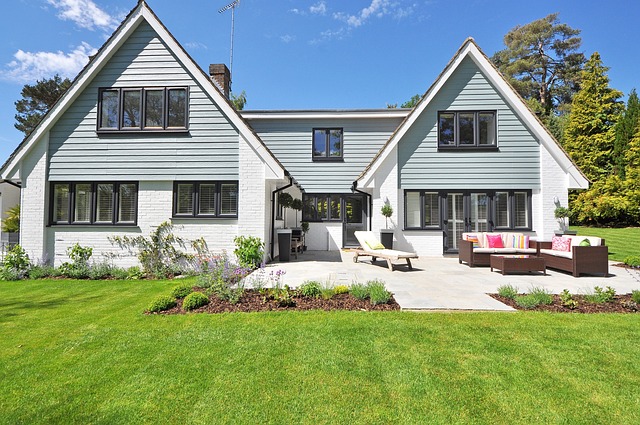
The evolution of commercial roofing technologies has led to innovative solutions that offer superior durability, energy efficiency, and aesthetic appeal for modern buildings. One notable advancement is the adoption of high-performance materials such as metal, TPO (thermoplastic olefin), EPDM (ethylene propylene diene monomer), and PVC (polyvinyl chloride) membranes. These materials are designed to withstand harsh weather conditions, resist puncture, and provide long-term protection against leaks.
Additionally, modern commercial roofing systems incorporate smart technology and digital connectivity. For instance, some systems feature sensors that monitor roof health, detect early signs of damage, and transmit data for remote analysis. This proactive approach enables facility managers to schedule repairs efficiently, reducing downtime and minimizing maintenance costs. Furthermore, energy-efficient roofing options, such as cool roofs and reflective coatings, contribute to reduced energy consumption and improved indoor comfort in commercial spaces.
Environmental Considerations in Commercial Roofing

When considering roof replacement for commercial buildings, environmental factors play a significant role in choosing the best long-term commercial roofing solutions. Beyond aesthetics and functionality, modern commercial roofs must be designed with sustainability in mind to minimize their ecological footprint. Reflecting surfaces, for example, can significantly reduce the urban heat island effect, lowering energy costs for cooling. Additionally, selecting materials with high recyclability or made from recycled content not only lessens waste but also supports environmentally conscious practices.
Proper disposal and recycling of old roofing materials are essential aspects of any roof replacement project. Many commercial roofs previously used materials like asphalt shingles that are difficult to recycle. Modern alternatives, such as metal roofing or single-ply membranes with high recyclability rates, offer more sustainable commercial roofing solutions. Furthermore, green roofs—roofs designed to support plant life—are gaining popularity due to their air quality benefits and ability to absorb rainwater, contributing to overall environmental stewardship.
Long-Term Savings and ROI (Return on Investment)
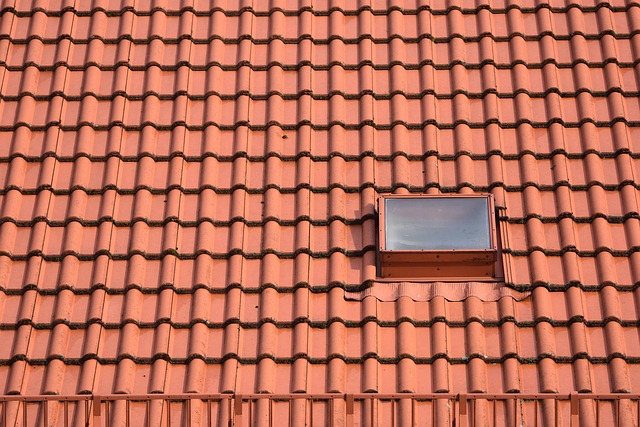
When considering roof replacement for commercial buildings, one of the most compelling arguments for investing in high-quality commercial roofing solutions is the significant long-term savings. While the initial cost may seem substantial, modern roofs are designed to endure harsh weather conditions and offer enhanced energy efficiency. This means reduced utility bills over time as well as lower maintenance costs compared to traditional roofing materials.
The ROI on commercial roofing replacements is equally impressive. With proper installation and regular maintenance, these new roofs can last for decades, providing a solid return on your investment. Moreover, improved energy efficiency contributes to a smaller environmental footprint, aligning with sustainability goals and potentially qualifying for tax incentives. This combination of financial and environmental benefits makes commercial roofing solutions not just a repair but a strategic upgrade for any business owner looking towards the future.
